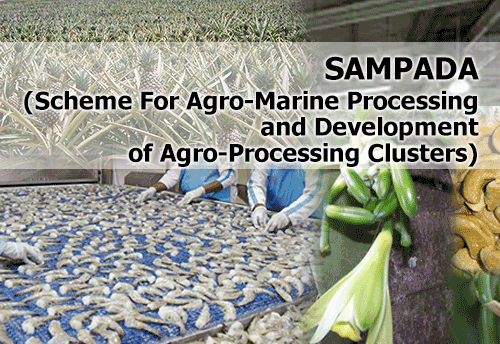Inflation and its Types
Want to Become a Bank, Central / State Govt Officer in 2020?
Join the Most awarded Coaching Institute & Get your Dream Job


Now Prepare for Bank, SSC Exams from Home. Join Online Coure @ lowest fee
Lifetime validity Bank Exam Coaching | Bank PO / Clerk Coaching | Bank SO Exam Coaching | All-in-One SSC Exam Coaching | RRB Railway Exam Coaching | TNPSC Exam Coaching | KPSC Exam Coaching
Inflation and its Types
Inflation can be defined as a “sustained rise in the general or overall level of prices of goods and services.” Thus, it can be understood that as inflation increases, every rupee you have buys a smaller percentage of goods or services i.e. value of money reduces or your purchasing power reduces. It is measured as an annual percentage increase.
Reasons of Inflation
- Increase in Money supply
- Increase in effective demand
- Decreased effective supply or aggregate output
Types of Inflation
Cost Push Inflation
Cost-push inflation is a type of inflation that occurs when higher production costs (increase in the cost of wages, raw materials etc.) push up the prices of goods and services.
The increased price of the factors of production leads to a decreased supply of these goods. While the demand remains constant, the prices of commodities increase causing a rise in the overall price level.
Demand Pull Inflation
Demand pull inflation can be defined as a type of inflation that occurs when price level increases due to a greater demand for goods or services than there is supply available.
In other words, Demand-pull inflation occurs when aggregate demand for goods or services outstrips aggregate supply. These constituents of the economy demand more goods than can be produced by the economy. When supply cannot rise to meet demand, sellers will increase prices, thereby causing inflation.
Creeping inflation
Also called low or mild inflation, this type of inflation occurs when prices rise not more than 3% a year.
It’s actually beneficial to economic growth.
That’s because this mild inflation sets expectations that prices will continue to rise.
As a result, it sparks increased demand as consumers decide to buy now before prices rise in the future. By increasing demand, mild inflation drives economic expansion.
Walking Inflation
This type of inflation occurs when price rises between 3-10% a year. It is harmful to the economy because it heats up economic growth too fast.
People start to buy more than they need, just to avoid tomorrow’s much higher prices. This drives demand even further, so that suppliers can’t keep up. As a result, common goods and services are priced out of the reach of most people.
Galloping Inflation
When inflation rises to ten percent or greater, it wreaks absolute havoc on the economy.
Money loses value so fast that business and employee income can’t keep up with costs and prices.
Foreign investors avoid the country, depriving it of needed capital. The economy becomes unstable, and government leaders lose credibility. Galloping inflation must be prevented.
Hyper Inflation
Hyperinflation is when the prices of goods and services rise more than 50 percent a month.
It is fortunately very rare. In fact, most examples of hyperinflation have occurred when the government printed money recklessly to pay for war.
Examples of hyperinflation include Germany in the 1920s, Zimbabwe in the 2000s, and during the American Civil War.
Stagflation
Stagflation is when the economy experiences stagnant economic growth, high unemployment, and high inflation.
It is unusual because policies to reduce inflation make life difficult for the unemployed, while steps to alleviate unemployment raise inflation.
Core Inflation
This shows price rise in all goods and services except food and energy due to high prices fluctuations.
Oil is a highly volatile commodity, with daily price variations.
Food prices change based on gas prices (it heavily reflects on transportation costs), which are directly linked to oil prices. As the government needs a fairly stable and true picture of inflation, core inflation is calculated.
Headline Inflation
This measure considers total inflation in an economy, including food and energy prices, which are more volatile.





